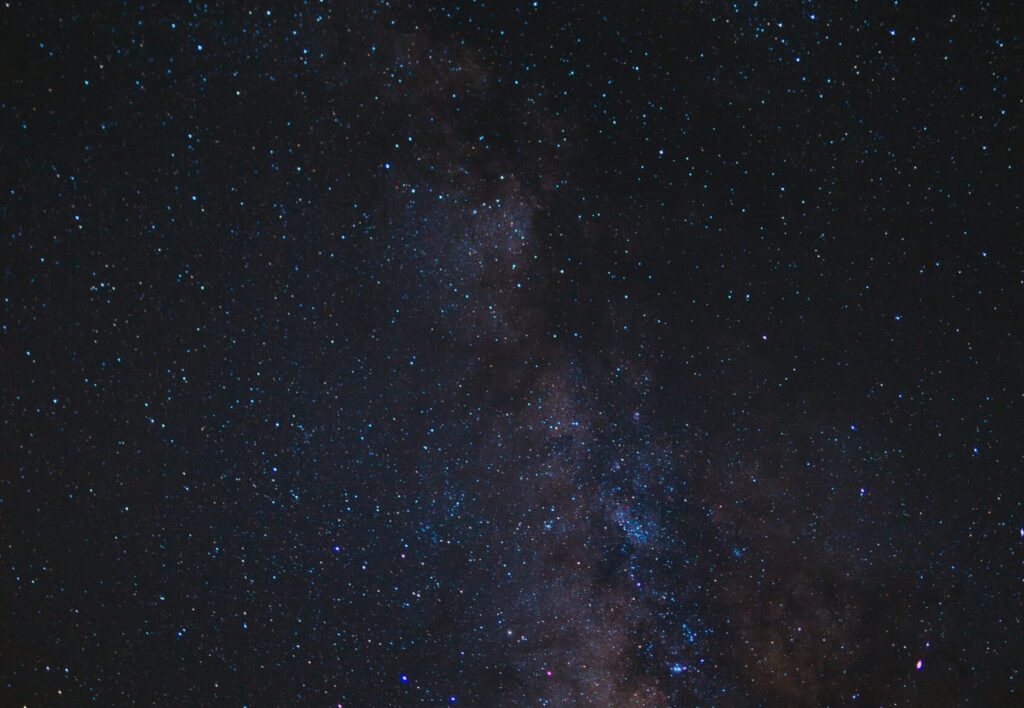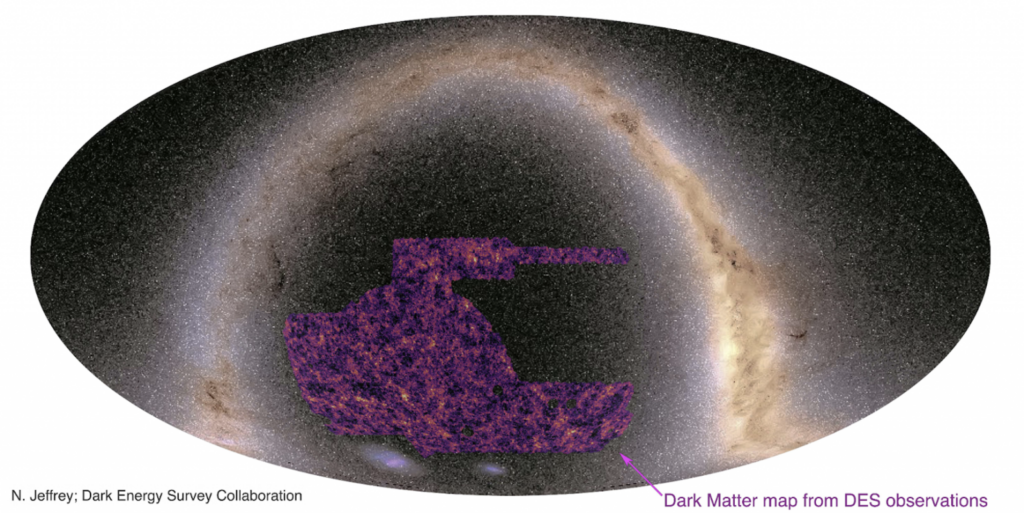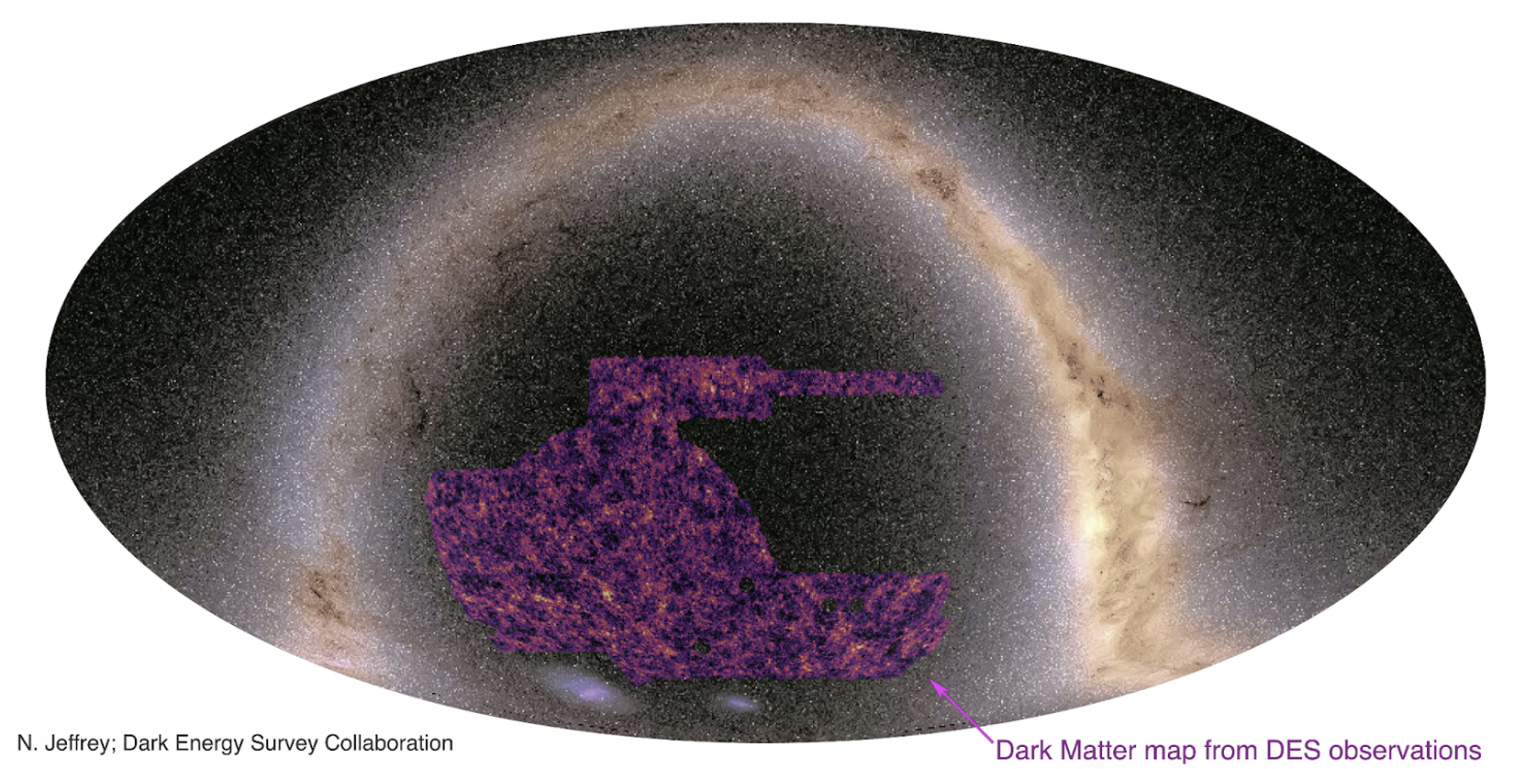3 June 2021
Universal Matters
A Hitchhiker’s Guide
By Paul Branch
 Just when you thought we’d licked Covid and could concentrate on climate change as the next big challenge, Mother Nature throws us another conundrum to prevent boredom setting in. Niche elements of the scientific community have suspected for some time that Albert Einstein didn’t get it quite right with some of his theories on relativity, and in the past week a report has been published bringing those doubts to the surface. This latest revelation is contentious in the febrile world of Physics; it probably won’t have an immediate impact on house prices, nor indeed is it likely to cause yet another viral wave, but it’s certainly worth being aware of any potential long-term consequences for mankind’s view of the cosmos.
Just when you thought we’d licked Covid and could concentrate on climate change as the next big challenge, Mother Nature throws us another conundrum to prevent boredom setting in. Niche elements of the scientific community have suspected for some time that Albert Einstein didn’t get it quite right with some of his theories on relativity, and in the past week a report has been published bringing those doubts to the surface. This latest revelation is contentious in the febrile world of Physics; it probably won’t have an immediate impact on house prices, nor indeed is it likely to cause yet another viral wave, but it’s certainly worth being aware of any potential long-term consequences for mankind’s view of the cosmos.
There were a couple of problems with the basic Big Bang model of how the Universe began, how it evolved and its fate. Remember that science is basically a way of approximating the way we see nature behave, in terms we can understand – so in this particular case Physics tries to model cosmology, and the place where the two collide is called astrophysics with a good slug of mathematics to hold the model together. When experiments and measurements show that the model isn’t quite right, adjustments are made to the science to make it fit observed nature, and sadly not the other way round.
 The issues with Big Bang: firstly it should have taken longer than the Universe’s age of 13.8 billion years for our Milky Way galaxy to have formed, or in other words we shouldn’t exist. Clearly we do, so the basic model was wrong and the way scientists decided to change it in order help us breathe easily again was to postulate that there is dark matter in abundance with extra gravitational force which made things happen that much quicker. This makes up over 80% of all matter in the Universe. There’s also ordinary everyday matter, antimatter, degenerate matter and other sundry stuff which we’ll gloss over. Dark matter is invisible, can’t touch it or smell it, and its pretty much everywhere. So how do we know it’s there? Because it deflects light, so its impact can be measured.
The issues with Big Bang: firstly it should have taken longer than the Universe’s age of 13.8 billion years for our Milky Way galaxy to have formed, or in other words we shouldn’t exist. Clearly we do, so the basic model was wrong and the way scientists decided to change it in order help us breathe easily again was to postulate that there is dark matter in abundance with extra gravitational force which made things happen that much quicker. This makes up over 80% of all matter in the Universe. There’s also ordinary everyday matter, antimatter, degenerate matter and other sundry stuff which we’ll gloss over. Dark matter is invisible, can’t touch it or smell it, and its pretty much everywhere. So how do we know it’s there? Because it deflects light, so its impact can be measured.
The second issue with the basic Big Bang model was that after the first spark of creation and the immediate after effects lasting 350,000 years, cosmic expansion should be slowing down. But it’s not; in fact it’s accelerating at a rate of knots. Enter the scientists to sort out this conundrum, and we get the supposition that there is dark energy at work, as invisible as dark matter but managing to fill all space with a repulsive gravitational force which causes the cosmos to continue flinging itself apart and grow even faster.
With this enhanced Big Bang model we’ve gone from a state of “shouldn’t really be here” to one of “existing forever”, quite a turnaround, and what’s not to like you may think, so let’s leave well alone and quit while we’re ahead. But no, back to the scientists now keen to do some more measurements, just to see how this new theory with dark matter and its equally shadowy partner dark energy pans out.

And that’s what they’ve done, under the auspices of the Dark Energy Survey Collaboration involving over 400 scientists from 25 institutions in seven countries, with an international team of researchers based in Paris at the Ecole Normale Superieure. This team has pieced together the most detailed map yet of the distribution of dark matter in the Universe, by taking painstaking measurements of the different distortions of light from distant stars in 100 million galaxies, and pinpointing the location of areas of dark matter and its density – the greater the light distortion, the greater the concentration, and areas of highest concentration are where galaxies are formed.
A dark energy infrared camera weighing 4 tons associated with a 4m diameter optical telescope in Chile was used for the measurements in a survey which started in 2012. The resultant map shows for the first time on a grand scale the extent of dark matter in the universe. Black areas on the map are mere voids – black holes and the like, vast swathes of nothingness where our grasp of the laws of physics becomes a bit tenuous. The bright areas known as halos show the concentrations of dark matter where our reality exists – therein lie the galaxies like our own Milky Way.
So far so good – all clever stuff contributing to our knowledge of the structure of the Universe and its evolution, as well as hopefully confirming the new Big Bang model. However, there’s a snag: the look and shape of the map is not quite what was expected from the application of the theory of general relativity – surprisingly, the areas of dark matter are shown to be slightly more uniform and more expansive than predicted. The conclusion coming out from the Paris team is that if Einstein was indeed wrong, then maybe Physics itself is broken … so what do we do about that? And does dark matter really matter…?
There is an accepted model which postulates how matter was distributed during the 350,000 years after-glow of the Big Bang of creation, and that hasn’t changed. Additionally, the general theory of relativity shows how matter should have been distributed over the subsequent 13.5 billion years or so …. but sadly the new measurements indicate it’s spread too evenly and more widely, by about 10 per cent. The discrepancy may seem small, but to the physicists who have spent their entire careers labouring under a misapprehension, it’s as if the whole world has collapsed about their ears and that our concept of the cosmos needs a radical overhaul. Our fundamental understanding of the fabric of the universe seemingly is in tatters, whole centuries of science need to be revisited, swathes of Physics text books rendered redundant. So yes, dark matter really does matter.
Adopting a somewhat more pragmatic approach, it could be argued, admittedly perhaps optimistically, that, although Einstein’s theory may not be perfect in this particular respect, it’s not bad elsewhere and may therefore need only a tweak or two in order to make the astrophysics of the galaxies line up with reality. One could also suggest that the imperfections are to be welcomed as a guard against intellectual stagnation and a much-needed stimulus to further research – where indeed would we be without continuous adjustments to our understanding of cosmological nature? Alternatively, the measurements may just be plain wrong by 10% and so need another run through.
Clever scientists at work on these issues have considerable personal grey matter to apply to such deep questions and will no doubt arrive at a solution, but I wonder what the lately departed and much lamented Douglas Adams, creator of The Hitchhiker’s Guide to the Universe and possessor of considerable grey matter himself, would have made of it all. In such circumstances his advice may have been to sit back, accept whatever happens on life’s great journey and enjoy the ride while you can. Unless of course something grotesquely untoward pops out of the soon-to-be-published and much-anticipated report from the Pentagon on UFOs, which may turn out to be more reality than fantasy… but let’s leave worrying about that to another time.
Relative footnote: those who paid the fullest attention in their school Physics lessons will be aware that Einstein’s theory of Special Relativity applies to physical phenomena in the absence of gravity, whereas the subject matter of the above article is concerned with his postulations on General Relativity, over which there now hangs something of a question mark.
Tile photo: Ivana Cajina on Unsplash


